A Closet Full of Chronicles
With a bottle of water, reading materials and a phone charging on the table beside her, Sharon Kay Brown sits in her favorite rocking chair every Tuesday evening and tunes into NBC’s “Chicago Fire.”
“I’m a Severide girl,” Brown said. “He’s a bad boy.”
While Brown’s nights may be filled with fictional firemen now, nearly 30 years ago, she spent her evenings on Madison Street in the basement of an overflow for a Muncie women’s shelter. Instead of her rocking chair and TV, Brown’s safe haven consisted of shuffling across the floor varying 13 inches from one side to another while wearing long underwear and boots to stay warm. Within the four cement walls of that basement, Brown started what stands today as Greater Muncie, Indiana Habitat for Humanity, Inc.
“Sometimes the furnace worked, and sometimes it didn’t,” Brown said. “We had cockroaches so big the camp workers used to take them home in glass jars to show their mothers and a bullet hole through the front window that scared a few people.”
CONSIDERING CHILDREN
As a volunteer with Habitat for Humanity, one of the projects Sharon Brown worked on was creating a coloring book for children. After organizing a supply closet one day, Brown approached Millard Fuller, founder of Habitat for Humanity International, and said the organization needed something appealing to children. Fuller asked Brown to create a coloring book, and she had six weeks to make it perfect. After Fuller approved Brown’s draft, he contacted the H.C. Gemmer Family Christian Foundation, which meets semiannually to grant money to philanthropic charities. The foundation funded the publication of Brown’s coloring book, 1,500 were printed and leftover copies remain stacked in Brown’s cabinets with letters to her father written inside covers or framed and hung on her wall.
But that basement was home, Brown said, and she remembers the cold days spent watching former Habitat for Humanity President Richard Artes type away on his tiny computer screen with gratitude.
Just a few feet away from her rocking chair is a doorway leading to a closet full of Brown’s Habitat for Humanity artifacts — photo albums spanning decades, a key to the City of Muncie and a dress worn by former First Lady Rosalynn Carter, on display next to a photo of Brown shaking former President Jimmy Carter’s hand. Muncie’s Habitat for Humanity became Brown’s purpose, and she reflects on the path she paved with pride as she continues to watch Habitat’s current Muncie team keep her mission alive.
One Working Woman
Brown’s Habitat for Humanity story starts in early 1986 within the walls of an old Muncie church that has since closed down. While attending a meeting at Muncie’s Eden United Church of Christ, Brown ran into Reverend Fred Dare, then-pastor of Community United Church of Christ, who is now retired and living in Colorado.
The two went to Eden that morning to listen to Millard Fuller, founder of Habitat for Humanity International, speak of his organization’s volunteer work spanning two years and seven projects. Fuller’s speech inspired Brown, Dare and three others to volunteer their services at a camp in Americus, Georgia, where the headquarters of Habitat for Humanity International was located before later moving to Atlanta.
It was Brown’s first time on a work trip and Dare’s first time running a team of more than just men.
“It was all men. My pastor never took women to work camps,” Brown said, “but I told him, ‘I need to make that trip.’”
Brown arrived at Americus with Dare, a retired carpenter and her husband, Allan Brown, who was a journeyman electrician. Once she stepped foot on the rusty red clay at the worksite, one thing Dare said during the trip stayed on her mind: “‘Only one dumb person can go on a work trip,’ he said, ‘and it’s not me,’” Brown said. “So, I thought, ‘I need to figure out something, because I don’t have any skills.’ If the light switch doesn’t tell me which way is on, I’m in trouble.”
Brown turned to old drawing supplies she hadn’t used in years and began sketching scenes from the project, drawing the houses the team was working on from different perspectives.
“Fred said, ‘By the way, I told Millard you were going to draw pictures this weekend, and he’s really excited about it,’” Brown said. “I thought, ‘Oh, my God. I’m an amateur.’ It was kind of frightening.”
But her fear was for nothing, she said, as Millard was “just delighted” with the drawings she took back with her from Americus to Muncie. Brown’s sketches hung on Eden United Church of Christ’s bulletin boards until she had a Habitat for Humanity office of her own to display them on the walls. Now, they hang illuminated by the window in her closet as a reminder of where she started.
Where There’s a Will, There’s a Way
When Brown returned from Americus in 1986, she said, her inspiration to help others had only intensified. She “got so much out of the trip” as an unskilled woman who “still failed, but accomplished things” she never thought she could do before.
“I pulled handmade nails out of a wooden board so my husband and a retired carpenter could build an outdoor porch for a lady to put her washing machine on,” Brown said. “At the end of the week, I had just had such a wonderful experience with meeting people, and I thought, ‘If I got that much out of it, think about how many other unskilled people could have that sense of fulfillment.’”
That thought stuck with her as she continued her job as secretary to then-director of disabled students and fraternities at Ball State, a position she held for 12 years.
“My boss knew how much I loved Habitat,” Brown said. “He was going on a speaking tour for a week, so he said, ‘You can have the whole week to Habitat. Just keep things running in the office, and you can do whatever you want.’”
Brown said she took that opportunity as a sign and a time to develop a new “opening” for the unskilled to get involved and have a way to make differences in the community. The first thought she had, she said, was The Carter Work Project, which developed from a partnership between Habitat for Humanity and the Carters after their visit to Americus in 1984.
The Carter Work Project was building in Chicago in 1986, and the former president and first lady needed a place to stay on their trip back to Washington, D.C. Lafayette’s Habitat for Humanity offered to host them, and they later made tickets available for other volunteers and Habitat workers to meet the Carters and have lunch.
“We were only allotted two tickets, but I always think outside the box,” Brown said.
She called Habitat’s state coordinator at the time and said she wanted every ticket other Habitats declined. Brown ended up collecting 22 tickets.
She reached out to activists in and around Muncie, asking for recommendations of who would be best fit to take on a trip to Lafayette and be part of starting Muncie’s own Habitat for Humanity. Once she gathered her ideal group, Brown and 21 others drove to Lafayette with a mission to meet the president and make Muncie Habitat a reality.
“But, Carter wasn’t there,” Brown said.
It was just a few days after July 8, 1986, when Carter’s hero and friend, U.S. Navy Admiral Hyman G. Rickover, died at his home in Virginia. The Carters flew back to Washington, D.C. for the funeral and had to cancel their stay with Lafayette Habitat, but they didn’t leave Indiana without a goodbye.
“I went to a thrift store, where I’d never been, and the gal there said, ‘Would you like to see the Carter collection?’” Brown said. “She had it all on a rack, and I had $12 to my name.”
That afternoon, Brown went home with $2 and three of Rosalynn Carter’s dresses.
“I took one to Lafayette Habitat and passed it around and said, ‘If you want a chance at a Carter dress, put 50 cents in the pot.’”
The next day, she received a phone call from Fuller.
“Sharon, are you selling tickets for a dress of Rosalynn Carter’s to raise money to start Muncie Habitat?” Fuller said.
“I said, ‘Yep,’” Brown said. “He said, ‘You can’t do that.’”
And, once again, Brown went home with three of Carter’s dresses, still short on funds to start a Habitat of her own, but fuller than ever with the motivation to bring it to life.
Her drive kept up her momentum, and on July 15, 1986, a task force formed to further discuss the possibility of a Habitat affiliate in Muncie. On Sept. 30, 1986, a board and slate of officers were chosen, and less than a year later, Muncie’s Habitat for Humanity was given half a city block consisting of five building sites.
By December 1986, the group became formally recognized as Greater Muncie, Indiana Habitat for Humanity, Inc., and on April 30, 1988, the organization dedicated its first Muncie Habitat home — a 1,300 square-foot house at $22,000.
More than three decades later, one of Rosalynn Carter’s dresses hangs framed on Brown’s closet wall next to a framed photo of Brown smiling with Jimmy Carter’s arm around her shoulder — alongside the rest of her Muncie Habitat memorabilia — reminding her of what she has made possible.
Opening Opportunity’s Doors
Greater Muncie, Indiana Habitat for Humanity, Inc. was an all-volunteer force until 1994, when Brown decided it was time to leave Ball State as a secretary and began working at Muncie’s Habitat for Humanity full time as the organization’s first executive director.
“There were no paid positions except mine,” Brown said, “which paid less than what I was making as a secretary at Ball State, so I always told volunteers, ‘Every time that door opens is a blessing.’”
Brown said her job as executive director reflected Erich Brenn’s plate-spinning act performed on The Ed Sullivan Show. Like Brenn and his five plates, Brown said she was always multitasking and attending to more than one thing at once, but throughout her 25 years associated with Habitat, she “never lost a night’s sleep.”
“We were surprised at the massive amount of personal problems homeowners came to us with that had nothing to do with houses,” Brown said. “We had more miracles happen within our office than you could imagine. It was just a gathering place, and it brought us the cream of the crop of the retirees of Ball State, it brought us Ball State as a whole … We just grew and grew and grew.”
Yet, despite how big her title as executive director became, “never was there any chance of not doing it,” Brown said. When she took over as executive director, she said, she had a friend at Hazelwood Christian Church named Pastor Robert G. Sulanke.
“He would call me regularly, and I would pick up the phone, and he would say, ‘Are you discouraged yet?’” Brown said. “I said, ‘No.’ He said, ‘Good,’ and he did that the whole six years I was [executive director].”
In 1996, Muncie Habitat moved from its location on Madison Street to 1923 S. Hoyt Ave., where it remains today. While Brown retired from her role as executive director in 2000, James Mitchell, Greater Muncie, Indiana Habitat for Humanity, Inc. board chair, said her drive to continue helping others is still present within the office’s four walls.
“Have you ever met someone who you maybe don’t remember what they said, but you remember how they made you feel?” Mitchell said. “I didn’t have a chance to meet [Sharon Brown], but I heard her speak. She spoke with conviction and commitment — not the words that she said, but how she said them. I remember how she made me feel, and it’s stuck.”
What Brown did and continues to do that makes Mitchell’s job possible today, he said, is inspire and empower from a distance. She acts as a role model, and while Mitchell said he can’t pick Brown out of a crowd, he has a bond with her as chief volunteer and with her mission.
“She helped make the organization happen,” Mitchell said. “She wasn’t alone in that, and I’m not alone in that today. We really do ride on the backs of the people who came before us.”
Building Beyond Borders
Throughout her time as executive director of Greater Muncie, Indiana Habitat for Humanity Inc., Brown participated in projects that helped house dozens of Muncie families. Her greatest accomplishment, she said, is that between 1996 and 2000, the organization and its families had no foreclosures.
“Every family we built with and for, we were able to keep in their homes once those habitat houses were built,” Brown said. “You've got no money involved in the process of human labor. Then, there are outside forces that start sending things to your homeowners saying, ‘We can buy you out if you have this extra money.’ We were able to combat that and show them that wasn't their best move, and so we had no loss of homes during that period of time.”
But Brown’s impact stretches beyond Muncie’s borders, which she said she didn’t realize until speaking at a rally with another Habitat volunteer in an effort to recruit for work camps.
“I believed anyone who wanted to go should go,” Brown said. “The other lady had a three-page form you had to fill out, and then you were tested as to whether you could go or not.”
At the next conference she attended, a young woman approached Brown with the simple intent to thank her, Brown said, but she didn’t know what for. The woman had a child with disabilities, and she said she was worried about volunteering at a work camp before listening to Brown speak.
“She took her child, who couldn’t speak, and went to a work camp,” Brown said. “They came with a big galvanized tub, filled it with water and put him in there, and he played happily. So, I’m a firm believer that if you have any reason at all you want to work for Habitat, there’s a place for you here.”
Spreading the Service
Brown’s message continued to inspire people near East Central Indiana, and a couple from Thorn County, Indiana, reached out to her during her time as executive director with a plan to spread Brown’s message all across the state.
“They envisioned that we could take this concept literally to every county,” Brown said. “I just thought we couldn't possibly do that, but I was wrong. We could, and that was the only scary part to me.”
Brown and the couple recruited a group of people with Habitat’s mission “in their blood,” and, every weekend, they traveled somewhere for Habitat.
“We went to Anderson, and Anderson started a Habitat,” Brown said. “We went to Newcastle, and Newcastle started a Habitat. We went to Winchester, and Winchester started a Habitat.”
Now, more than three decades later, Brown’s metaphorical footprint is all over Indiana.
Adaptation & Reformation
As Muncie continues changing alongside society and the people that come through, Mitchell said Habitat is attempting to do the same. Standing up for and supporting social justice issues, including redlining, which Mitchell said occurs when people of different racial or ethnic backgrounds are not allowed to buy homes in certain places.
“Habitat, as an organization internationally and here locally, is really committed to this idea of justice and helping people build wealth,” Mitchell said. “The transfer of wealth through the stability of a home really has put some people far ahead of others, … and the people who aren't in that are left behind, and they keep getting further and further behind. As we look at the impact of Greater Muncie Habitat in our community, in our county, people's lives are changed.”
Whether it be through providing children a stable home or helping families avoid paying $600 a month in utilities, Mitchell said Muncie Habitat aims to help people find their place.
“Muncie Habitat gives the opportunity for so many people to take hold of their dignity and take hold of their work, to take hold of the power that they have,” Mitchell said, “and I think that that makes all the difference.”
At the heart of Habitat, though, remains what Brown intended all along — to help families turn a town into a community one nail at a time.
“Putting community engagement and worth and value and dignity and investment back into the community all comes from a simple home,” Mitchell said. “Those are the types of things that the people like Sharon, whether they knew that's what they were going to do or not when they started this, that's what they're impacting today.”
What Comes Next
When she considers all she’s accomplished with the Greater Muncie Indiana Habitat for Humanity, Brown said, she looks back at her involvement with nothing but thankfulness for the past and hope for the future.
With current leadership she “sincerely appreciates” — including Lindsey Arthur, who holds Brown’s former role as chief executive officer (CEO) of Greater Muncie, Indiana Habitat for Humanity, Inc. — Brown believes what she started has “the right person in the right place at the right time.”
Arthur began working with Habitat in 2002 as an AmeriCorps member and took over as CEO in 2008 after Barbara Hubbard’s retirement from the position. Arthur’s job, at this point, focuses heavily on fundraising, public relations and administration operation, but what made her dedicated to Greater Muncie, Indiana Habitat for Humanity, Inc., she said, is its history of strong female leaders.
“It's an honor and a privilege for me to be in this role in our community and to be working for an organization that has been led by strong women,” Arthur said. “I'm grateful. I’m so very grateful.”
Arthur knew Brown through scrapbooks and photographs before she knew her in person. She said reading through previous board minutes and coming in contact with things that had Brown’s name on them made it evident Brown had “a passion and a vision for the organization.
“I could see her heart, and I could see the way in which she loved the organization,” Arthur said. “She cared for the families that we serve, and she allowed everyone in the community to be a part of the organization in really creative ways.”
The creative ways Brown served as executive director more than 20 years ago, Arthur said, make what she does today as CEO possible.
“Sharon did so much work about creating an understanding about what families who live in poverty actually go through,” Arthur said. “She allowed people from all walks of life — the university, multiple churches, businesses — to understand our family's lives, situations and economics. Sharon really set the stage in our community and why Habitat’s mission was so important.”
Following Brown’s with, Hubbard grew the organization to one with multiple employees, which Arthur said professionalized Muncie’s Habitat. While Brown and Hubbard “paved the way for Habitat to be a strong and bold organization,” Arthur said, her goal as CEO is to meet the needs of the community and be true advocates for families with a desire to own their own home.
A Lasting Legacy
Brown remains involved with Muncie Habitat through newsletters and attending annual events like the Dream Builders Breakfast, and while she may not have an office anymore at 1923 S. Hoyt Ave., Mitchell said she continues working to make Habitat a better place.
“Whether it’s 20 years or longer [without] people we may never ever see,” Mitchell said, “her impact is still being felt by families and in our community today.”
Going forward, Arthur said she hopes to continue spreading Greater Muncie, Indiana Habitat for Humanity, Inc.’s message and mission throughout the community the way both Brown and Hubbard did before her, and looking back, she is thankful for how far she has already come.
“The people here that work at Habitat, the people that Sharon Brown brought to this organization, the people that Barbara Hubbard brought to this organization, the sacrificial giving that they that they gave in order for us to be here and the way in which they allowed their lives to be transformed because of this work is an inspiration to me,” Arthur said. “It’s allowed me to see how I want to live my life, whether I work here or not. Habitat has changed my perspective on life, on nonprofits, on loving my neighbor, and I am grateful for the experience of being here almost 20 years.”
Contact Taylor Smith with comments at tnsmith6@bsu.edu or on Twitter @taywrites.


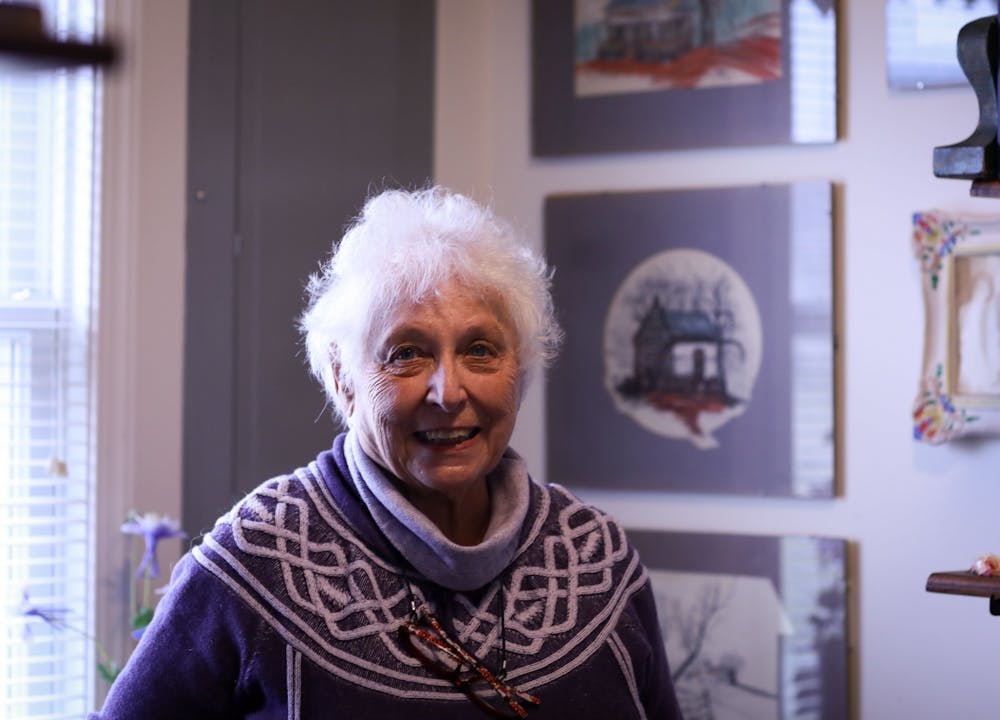
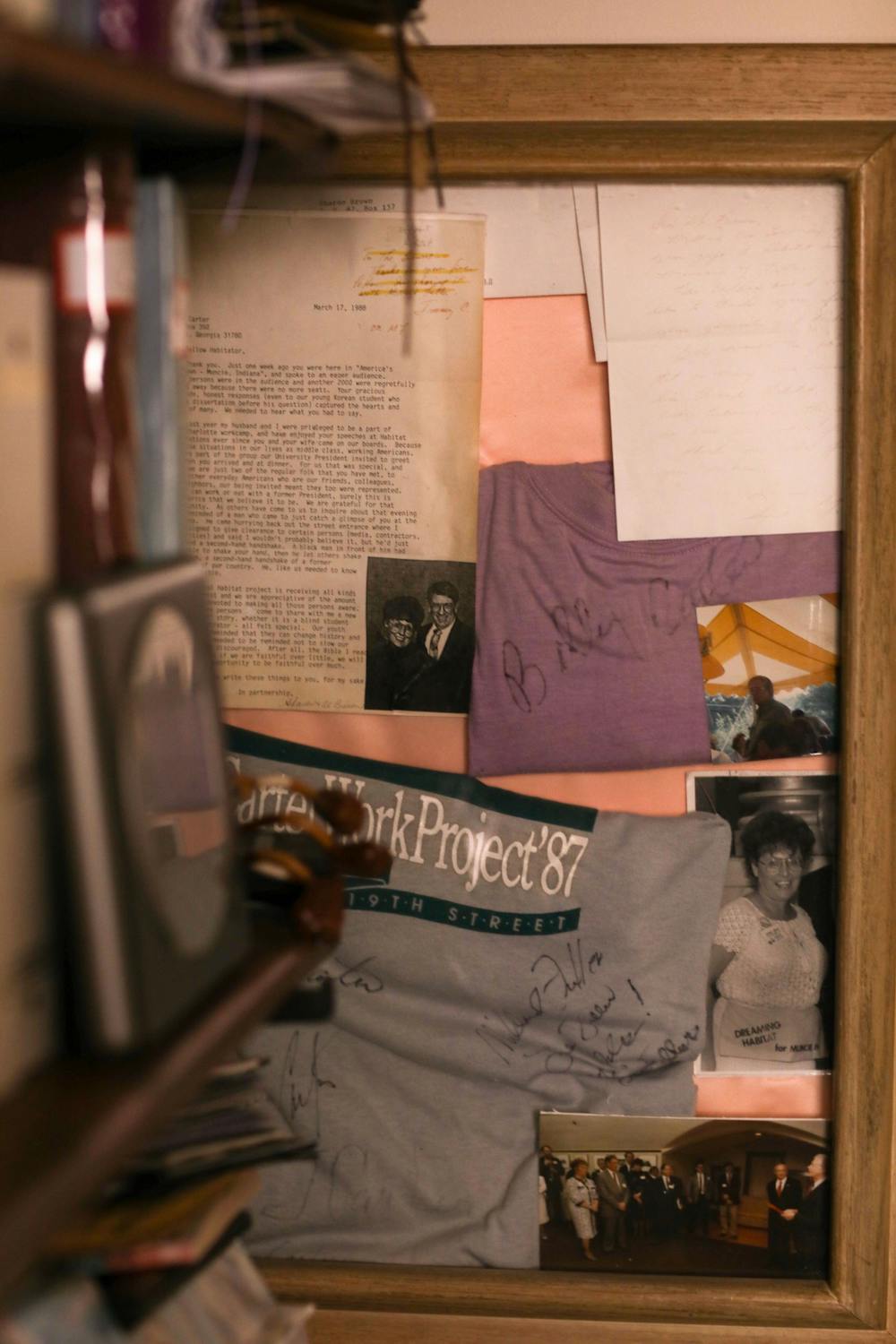
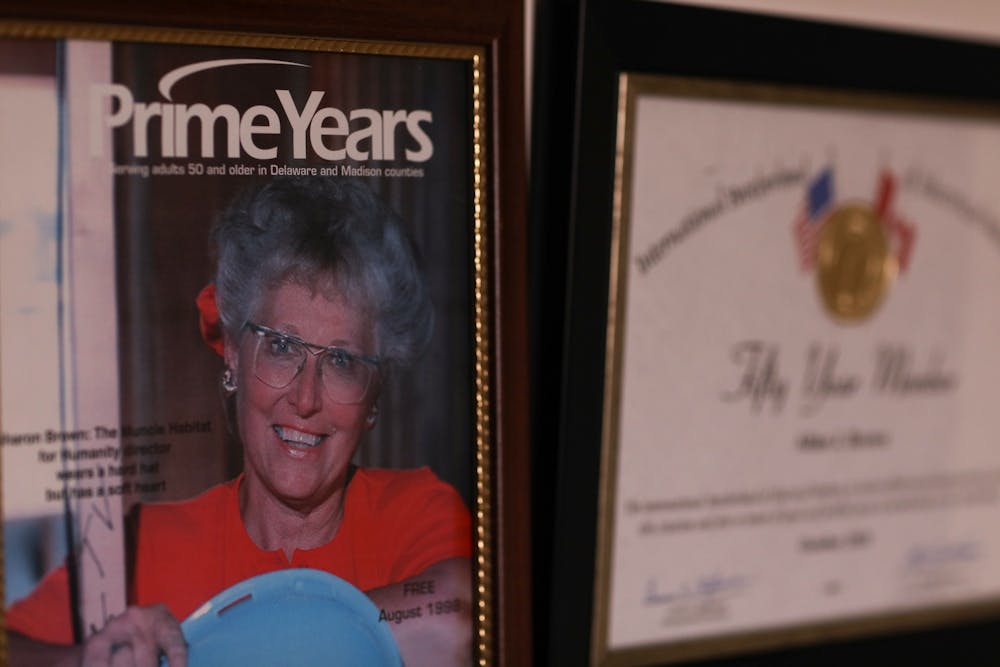
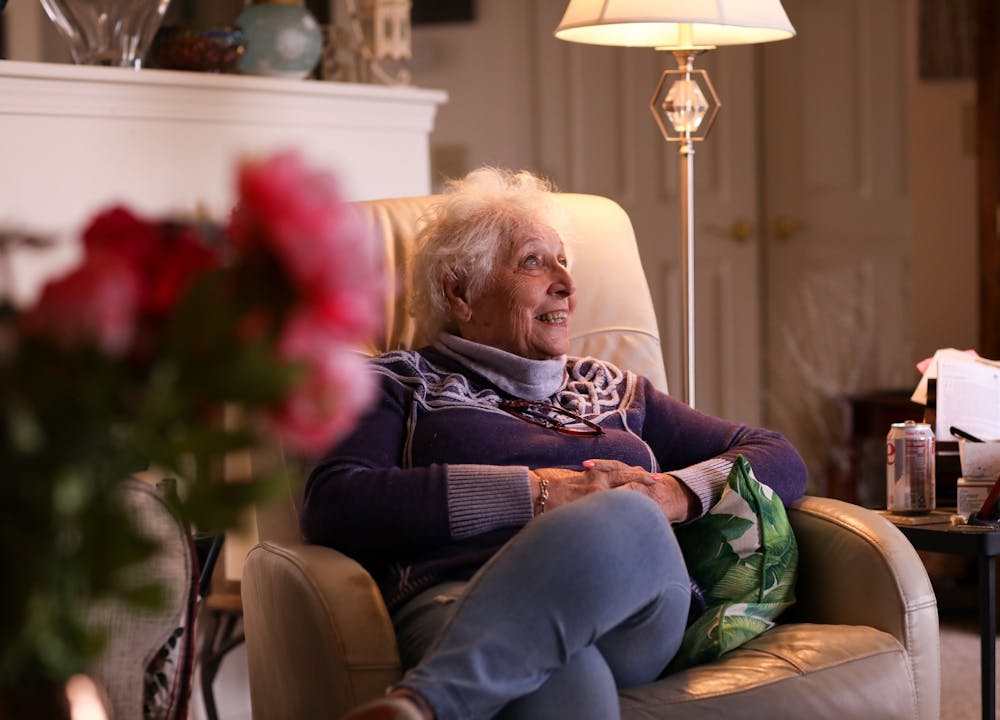
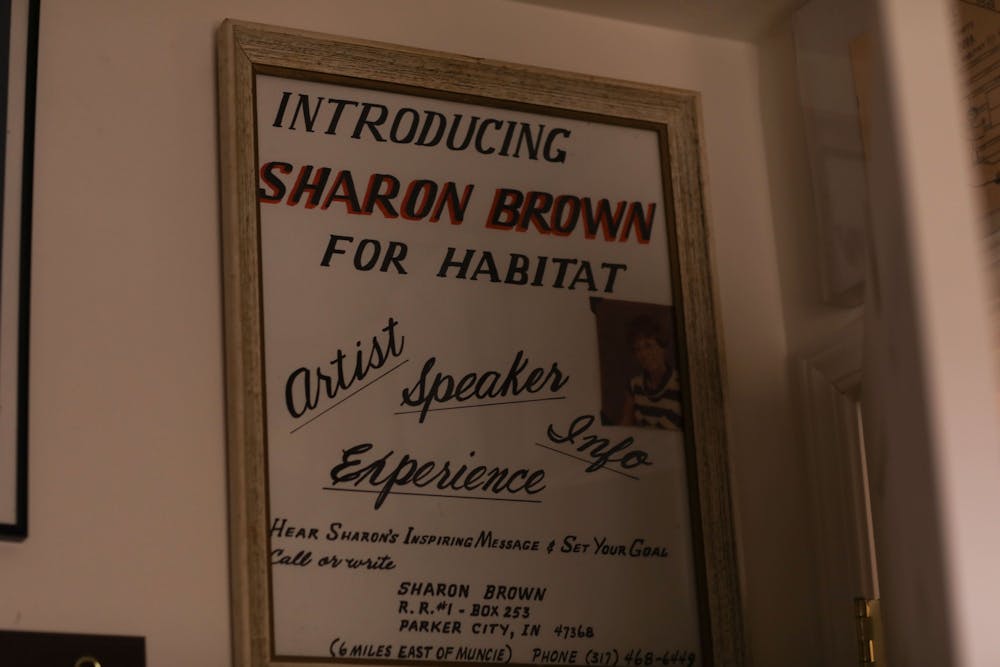
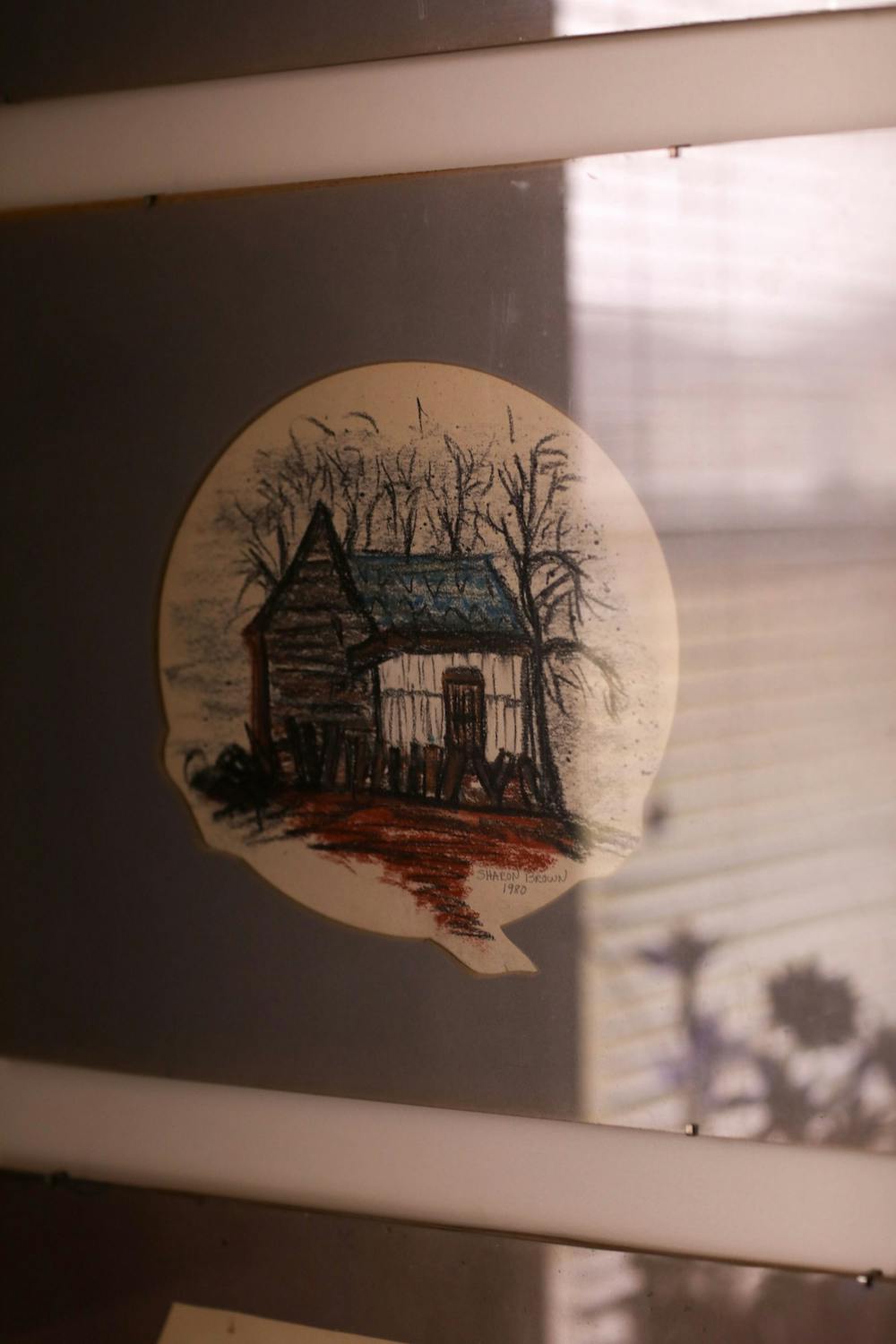
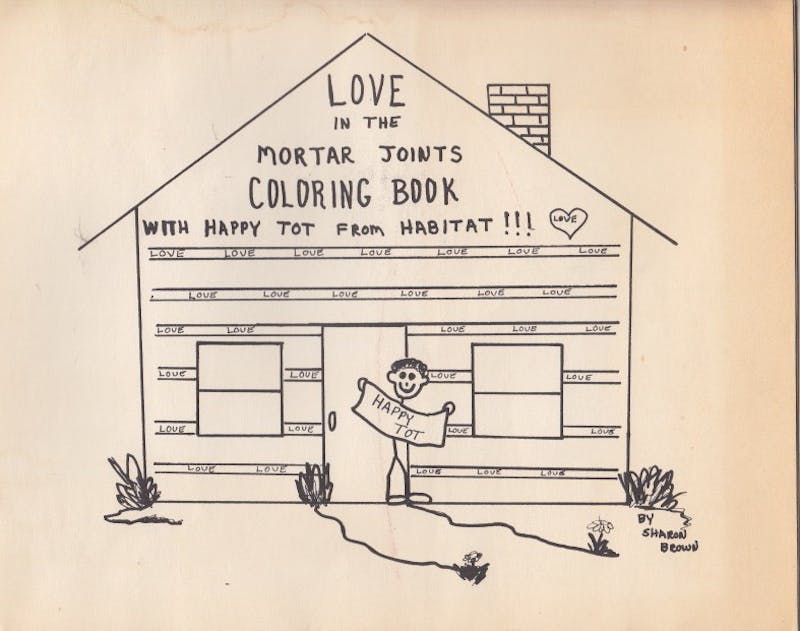
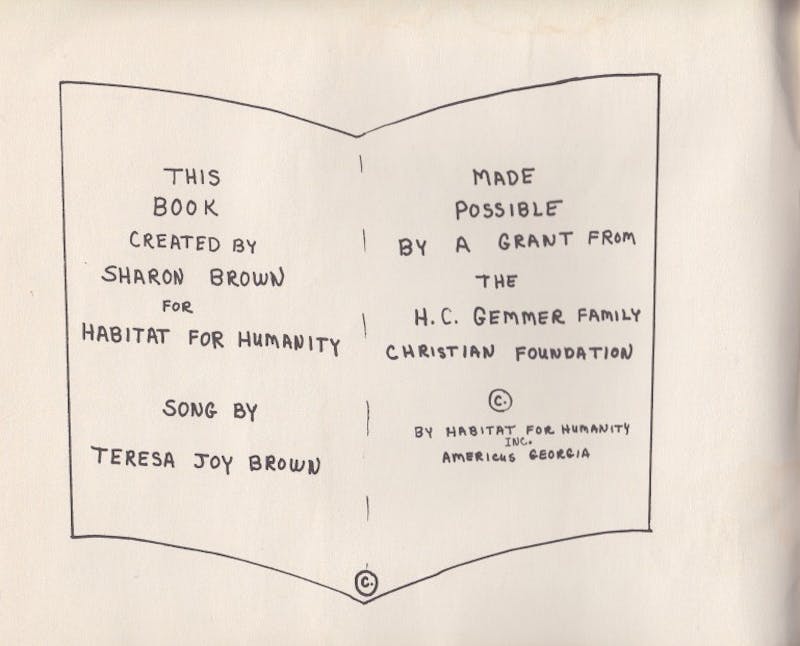
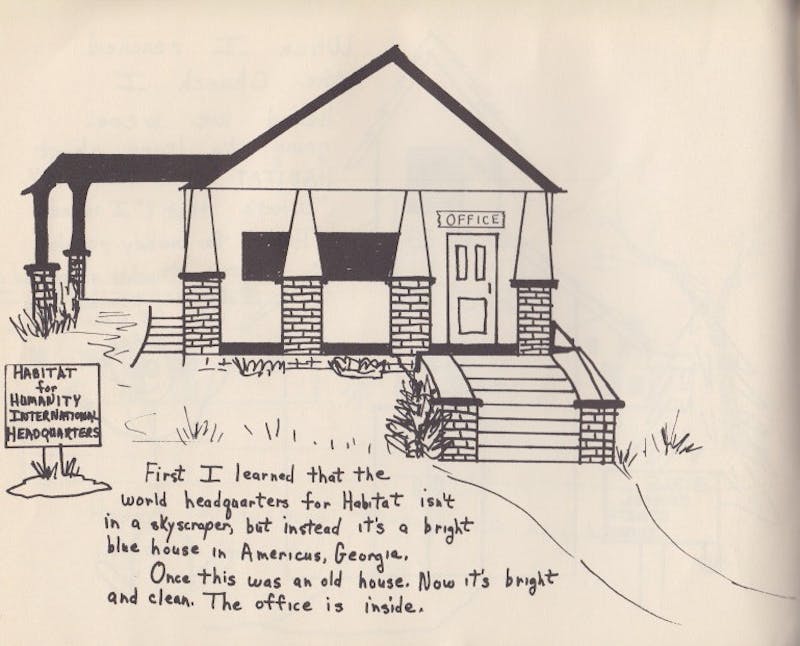
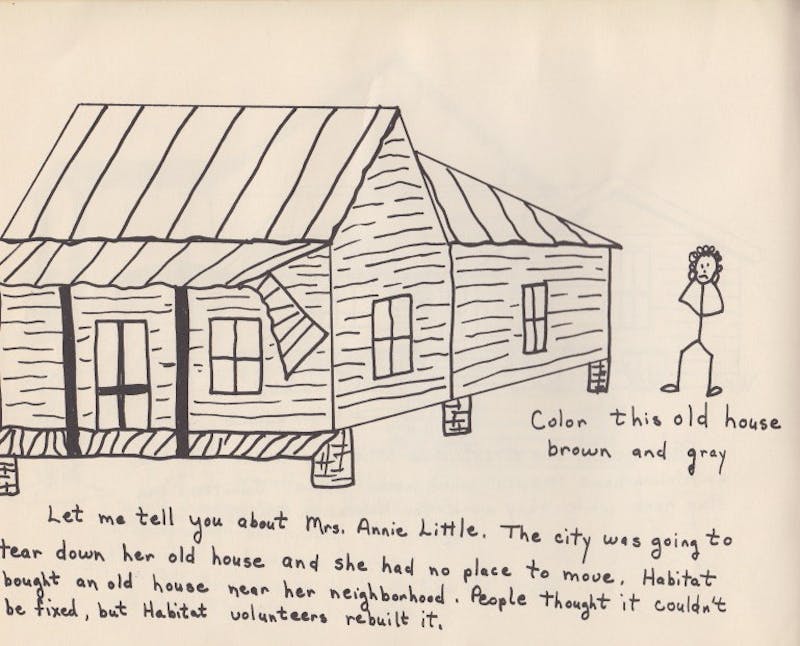


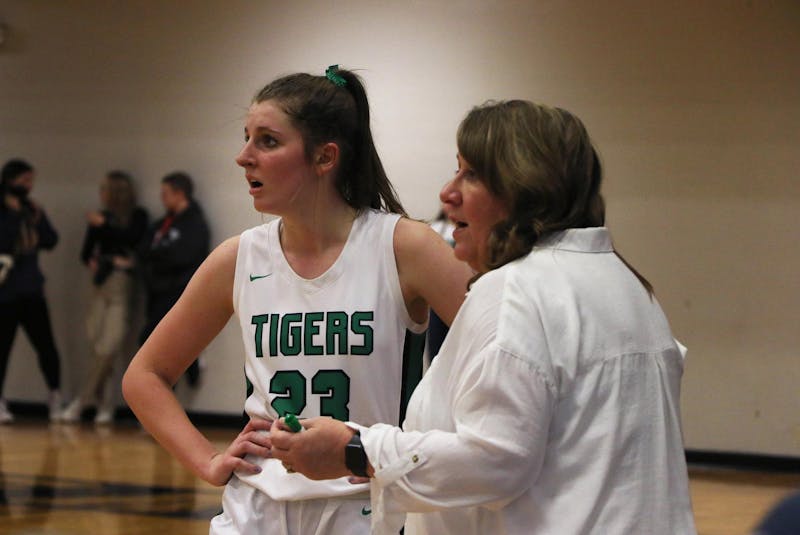

The Daily News welcomes thoughtful discussion on all of our stories, but please keep comments civil and on-topic. Read our full guidelines here.